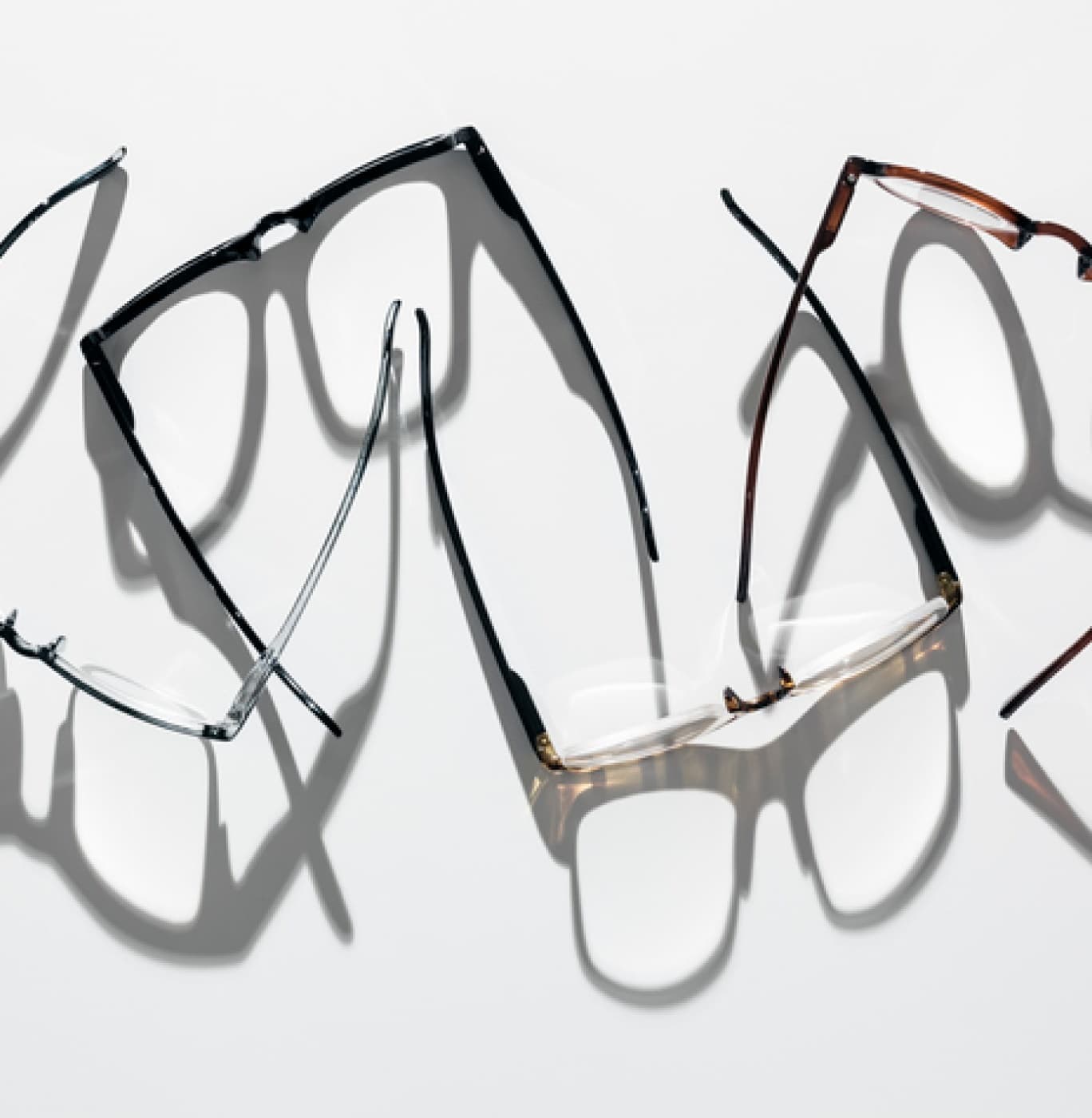The Visual Freedom You Deserve
Treat short-sightedness with our innovative Implantable Collamer™ Lens.

Wide Range of Treatment
Contact lenses and glasses can be a hassle and limiting. EVO ICL can treat a wide range of prescriptions, from -0.5D to -20D.
EVO vs LASIK vs PRK
When it comes to vision correction, deciding what’s best for your eyes can be difficult. Learn about the differences between procedures and see if EVO ICL is the right fit for you.
EVO
LASIK
PRK
Vision Quality
EVO
LASIK
PRK
Patient Experience
EVO
LASIK
PRK
Safety Features
EVO
LASIK
PRK
UV: ultraviolet.
* There is a limit flexibility if future procedures involve the cornea.
** Not applicable
*** Limited
It Only Takes 30 Minutes
The EVO ICL procedure is minimally invasive and the lens is implanted through a small opening, allowing for a quick procedure and recovery time. With over 3,000,000 lenses distributed worldwide, EVO ICL is quickly becoming a vision correction procedure of choice for many people around the world.
Important Safety Information
The ICL is designed for the correction/reduction of myopia in patients, 21 to 60 years of age, ranging from -0.5 D to -20.0 D with or without astigmatism up to 6.0 D and the correction/reduction of hyperopia in patients, from 21 to 45 years of age, with hyperopia ranging from +0.5 D to +16.0 D with or without astigmatism up to 6.0 D. In order to be sure that your surgeon will use a ICL with the most adequate power for your eye, your nearsightedness, farsightedness and astigmatism should be stable for at least a year before undergoing eye surgery. ICL surgery may improve your vision without eyeglasses or contact lenses. ICL surgery does not eliminate the need for reading glasses, even if you have never worn them before. ICL represents an alternative to other refractive surgeries including, laser assisted in situ keratomileusis (LASIK), photorefractive keratectomy (PRK), incisional surgeries, or other means to correct your vision such as contact lenses and eye glasses. Implantation of an ICL is a surgical procedure, and as such, carries potentially serious risks. The following represent potential complications/adverse reactions reported in conjunction with refractive surgery in general: additional surgeries, cataract formation, loss of best corrected vision, raised pressure inside the eye, loss of cells on the innermost surface of the cornea, conjunctival irritation, acute corneal swelling, persistent corneal swelling, endophthalmitis (total eye infection), significant glare and/or halos around lights, hyphaema (blood in the eye), hypopyon (pus in the eye), eye infection, ICL dislocation, macular oedema, non-reactive pupil, pupillary block glaucoma, severe inflammation of the eye, iritis, uveitis, vitreous loss and corneal transplant. Before considering ICL surgery you should have a complete eye examination and talk with your eye care professional about ICL surgery, especially the potential benefits, risks, and complications. You should discuss the time needed for healing after surgery.
Select Your Region
Latin America
References
1. Packer M. The Implantable Collamer Lens with a central port: review of the literature. Clin Ophthalmol. 2018;12:2427-2438.
2. Martínez-Plaza E, López-Miguel A, López-De La Rosa A, et al. Effect of the EVO+ Visian Phakic Implantable Collamer Lens on Visual Performance and Quality of Vision and Life, Am J Ophthalmol 2021;226: 117-125.
3. Packer M. Evaluation of the EVO/EVO+ Sphere and Toric Visian ICL: Six Month Results from the United States Food and Drug Administration Clinical Trial. Clin Ophthalmol. 2022;16:1541-53.
4. Parkhurst GD. A prospective comparison of phakic collamer lenses and wavefront-optimized laser-assisted in situ keratomileusis for correction of myopia. Clin Ophthalmol. 2016;10:1209-1215.
5. Zhang H, Deng Y, Ma K, Yin H, Tang J. Analysis on the changes of objective indicators of dry eye after implantable collamer lens (ICL) implantation surgery. Graefes Arch Clin Exp Ophthalmol. 2024 Jul;262(7):2321-2328.
6. Albo C, Nasser T, Szynkarski DT, Nguyen N, Mueller B, Libfraind L, Parkhurst G. A Comprehensive Retrospective Analysis of EVO/EVO+ Implantable Collamer Lens: Evaluating Refractive Outcomes in the Largest Single Center Study of ICL Patients in the United States. Clin Ophthalmol. 2024 Jan 9;18:69-78.
